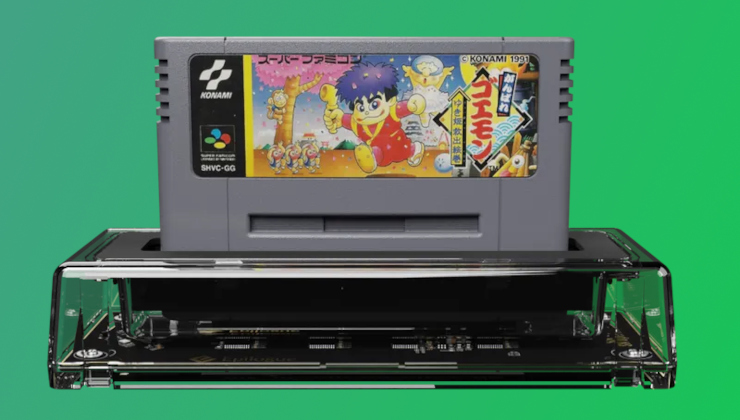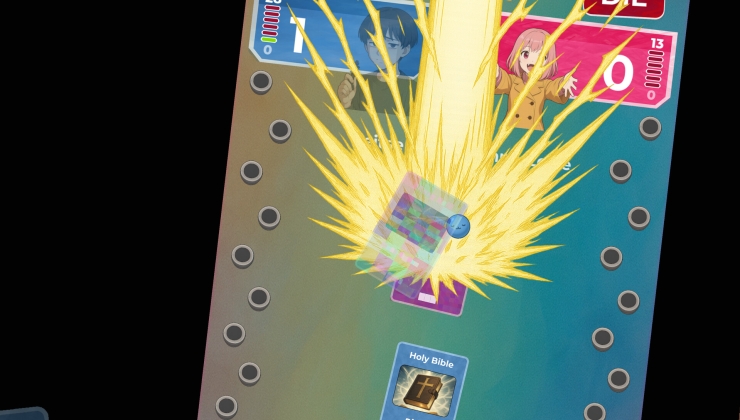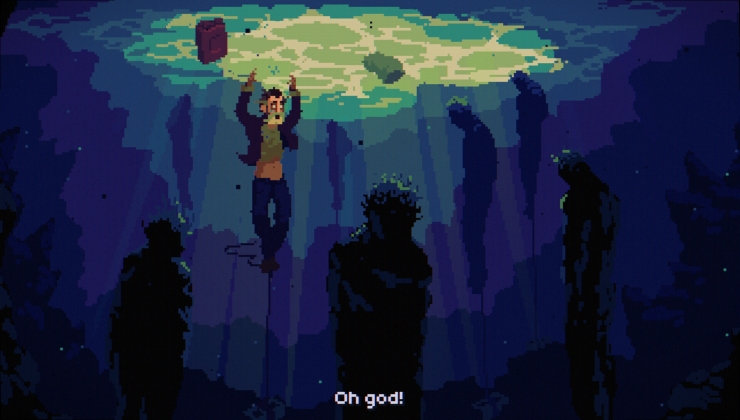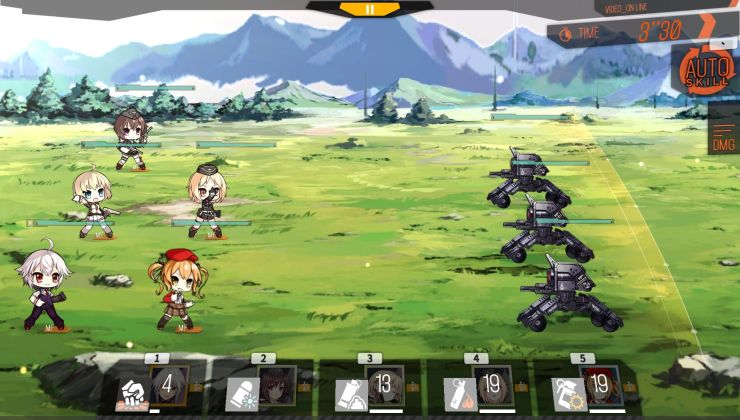For those of you using Intel and AMD (and some older NVIDIA cards) Mesa 18.3.0 was officially released today.
It has been three months since the last major release, so as expected this new and improved version comes with all the latest bells and whistles.
For those of you on AMD using the RADV driver for Vulkan support, a highlight with this release is the support of the "VK_EXT_transform_feedback" extension, which helps with projects like DXVK for use with Wine and Valve's Steam Play so that's going to be great for you.
There's support for new hardware for both AMD and Intel, performance improvements, support for OpenGL 4.5 compatibility profiles with the RadeonSI driver (AMD) and quite a bit more.
You can find the full release notes here and the release announcement here.
Last edited by x_wing on 7 Dec 2018 at 1:58 pm UTC
Very cool that both teams coordinated their release dates (well, that's my impression) ;)
Last edited by jens on 7 Dec 2018 at 5:31 pm UTC
As far as I understand (from Wikipedia mainly) Mesa is sort of a translator between APIs and graphics drivers, is that it?
AMD's opensource drivers are included in the kernel, so a newer kernel will bring newer drivers. But what about Mesa? Is it updated independently?
Quoting: DorritHi all.There's a lot of similar names here so I'll try to give you a quick summary: Mesa is FOSS an implementation of various APIs (OpenGL, OpenGL ES, Vulkan etc) that also contains user-space drivers for various bits of hardware. The RadeonSI/amdgpu and radv user space drivers in Mesa are what I use every day to play games and render things correctly according to specs. There's several other drivers there correspond to other hardware like anv (which is intel's vulkan driver) as well as software drivers like llvmpipe. The Mesa project also has a close relationship with [DRI](https://en.wikipedia.org/wiki/Direct_Rendering_Infrastructure) and other things used for graphics but for the sake of simplicity I'm going to gloss over the finer points. Things like game compatibility, hangs and poor performance are usually fixed with Mesa's drivers (the [mailing list](https://lists.freedesktop.org/archives/mesa-dev/2018-December) is pretty interesting if you're into that sort of thing).
As far as I understand (from Wikipedia mainly) Mesa is sort of a translator between APIs and graphics drivers, is that it?
AMD's opensource drivers are included in the kernel, so a newer kernel will bring newer drivers. But what about Mesa? Is it updated independently?
Now, there's a distinction to be made with the kernel-space drivers (ie AMDGPU) that provide the kernel with a means of correctly interfacing with the device and using its features. Again, I don't want to get too technical, but things like the recent addition of the display code allow for atomic mode setting and sound over HDMI on newer AMD cards. There's more that's in the kernel side of things like the [DRM](https://en.wikipedia.org/wiki/Direct_Rendering_Manager) which, for example, should add support for Freesync in Kernel 4.21/5.0 (whatever they choose to call it). The monolithic nature of the Linux kernel means that these types of drivers are usually loaded up as kernel modules and not in user space.
Both user and kernel space drivers are useful to get the most out of your card and, in AMD's case, even their proprierty AMDGPU-PRO user space drivers use the AMDGPU kernel drivers as well. I know it's confusing because of all the "amdgpu" and variants thereof but the bottom line is that you need both a relatively up-to-date kernel and recent Mesa to get the best performance out of your card and use of features. I know that other, more technically-minded, users can give you a more complete answer and point out where I've oversimplified things too much but I hope that this summary has helped you understand things a little better anyhow!
Last edited by BTRE on 7 Dec 2018 at 7:14 pm UTC
Quoting: BTREbut I hope that this summary has helped you understand things a little better anyhow!It has :)
Thanks.
Quoting: DorritHi all.If your running ubuntu or something based on ubuntu there is a ppa with gallum nine and dxvk that is actively maintained
As far as I understand (from Wikipedia mainly) Mesa is sort of a translator between APIs and graphics drivers, is that it?
AMD's opensource drivers are included in the kernel, so a newer kernel will bring newer drivers. But what about Mesa? Is it updated independently?
Quoting: BTREThat definitely cleared things up for me, so thanks for the easy to digest info! :)Quoting: DorritHi all.There's a lot of similar names here so I'll try to give you a quick summary: Mesa is FOSS an implementation of various APIs (OpenGL, OpenGL ES, Vulkan etc) that also contains user-space drivers for various bits of hardware. The RadeonSI/amdgpu and radv user space drivers in Mesa are what I use every day to play games and render things correctly according to specs. There's several other drivers there correspond to other hardware like anv (which is intel's vulkan driver) as well as software drivers like llvmpipe. The Mesa project also has a close relationship with [DRI](https://en.wikipedia.org/wiki/Direct_Rendering_Infrastructure) and other things used for graphics but for the sake of simplicity I'm going to gloss over the finer points. Things like game compatibility, hangs and poor performance are usually fixed with Mesa's drivers (the [mailing list](https://lists.freedesktop.org/archives/mesa-dev/2018-December) is pretty interesting if you're into that sort of thing).
As far as I understand (from Wikipedia mainly) Mesa is sort of a translator between APIs and graphics drivers, is that it?
AMD's opensource drivers are included in the kernel, so a newer kernel will bring newer drivers. But what about Mesa? Is it updated independently?
Now, there's a distinction to be made with the kernel-space drivers (ie AMDGPU) that provide the kernel with a means of correctly interfacing with the device and using its features. Again, I don't want to get too technical, but things like the recent addition of the display code allow for atomic mode setting and sound over HDMI on newer AMD cards. There's more that's in the kernel side of things like the [DRM](https://en.wikipedia.org/wiki/Direct_Rendering_Manager) which, for example, should add support for Freesync in Kernel 4.21/5.0 (whatever they choose to call it). The monolithic nature of the Linux kernel means that these types of drivers are usually loaded up as kernel modules and not in user space.
Both user and kernel space drivers are useful to get the most out of your card and, in AMD's case, even their proprierty AMDGPU-PRO user space drivers use the AMDGPU kernel drivers as well. I know it's confusing because of all the "amdgpu" and variants thereof but the bottom line is that you need both a relatively up-to-date kernel and recent Mesa to get the best performance out of your card and use of features. I know that other, more technically-minded, users can give you a more complete answer and point out where I've oversimplified things too much but I hope that this summary has helped you understand things a little better anyhow!










 How to setup OpenMW for modern Morrowind on Linux / SteamOS and Steam Deck
How to setup OpenMW for modern Morrowind on Linux / SteamOS and Steam Deck How to install Hollow Knight: Silksong mods on Linux, SteamOS and Steam Deck
How to install Hollow Knight: Silksong mods on Linux, SteamOS and Steam Deck